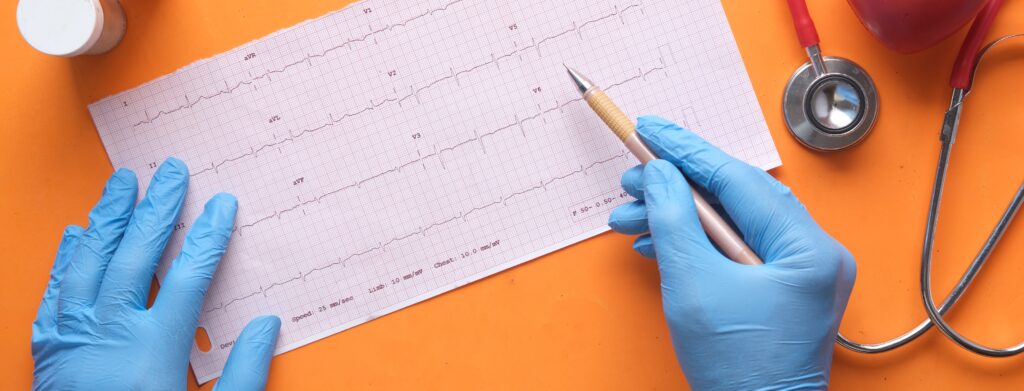As more and more data are collected from the ADVANCE cohort, more findings start to emerge from the Study. Our latest findings are on the relationship between combat injury and heart rate variability (HRV).
The full article can be found here.
What does this piece of ADVANCE research look at?
Findings on the relationship between cardiovascular disease risk and combat-related traumatic injury in the ADVANCE cohort were reported previously. Following from this, we investigated heart rate variability (HRV). HRV looks at the variation in time between each heartbeat. More variation means higher HRV, which is an indication of better wellbeing and better health outcomes. HRV is important for functions such as breathing and maintaining your heart rate.
HRV studies in military populations are limited. We therefore studied, for the first time, the relationship between combat trauma and HRV in a military cohort – the ADVANCE cohort.
We looked at the following parameters in relation to HRV:
- Injury status – whether or not there was combat-related traumatic injury
- Injury severity – using the New Injury Severity Score (NISS) system, NISS of lower than 25 being low injury severity, and NISS of 25 or higher being high injury severity
- Injury mechanism – blast injury or other injury

What were the findings?
Overall, HRV was found to be lower in the injured group compared to the uninjured group, even almost 8 years after the combat injury occurred. Furthermore:
- Participants with high injury severity had lower HRV compared to the uninjured group and also compared to the injured group with low injury severity.
- Participants with blast injuries had lower HRV compared to participants with other injuries.
What do the findings mean?
These findings suggest relatively poorer health and wellbeing in participants with combat injury compared to those without combat injury. Fortunately, something can be done about this, as there are ways to elevate HRV – e.g. successful HRV biofeedback interventions have been reported. However, this is yet to be investigated in a military population such as the ADVANCE cohort. Therefore, our findings may be used to inform and guide interventions targeted for this study population.
In the future, we aim to explore the underlying mechanisms of the relationship between combat injury and HRV, such as the influence of mental and physical health factors. We call for further research in the area to better understand the cardiovascular profile of military populations exposed to combat trauma.
A list of ADVANCE publications and publication summaries can be found here.
